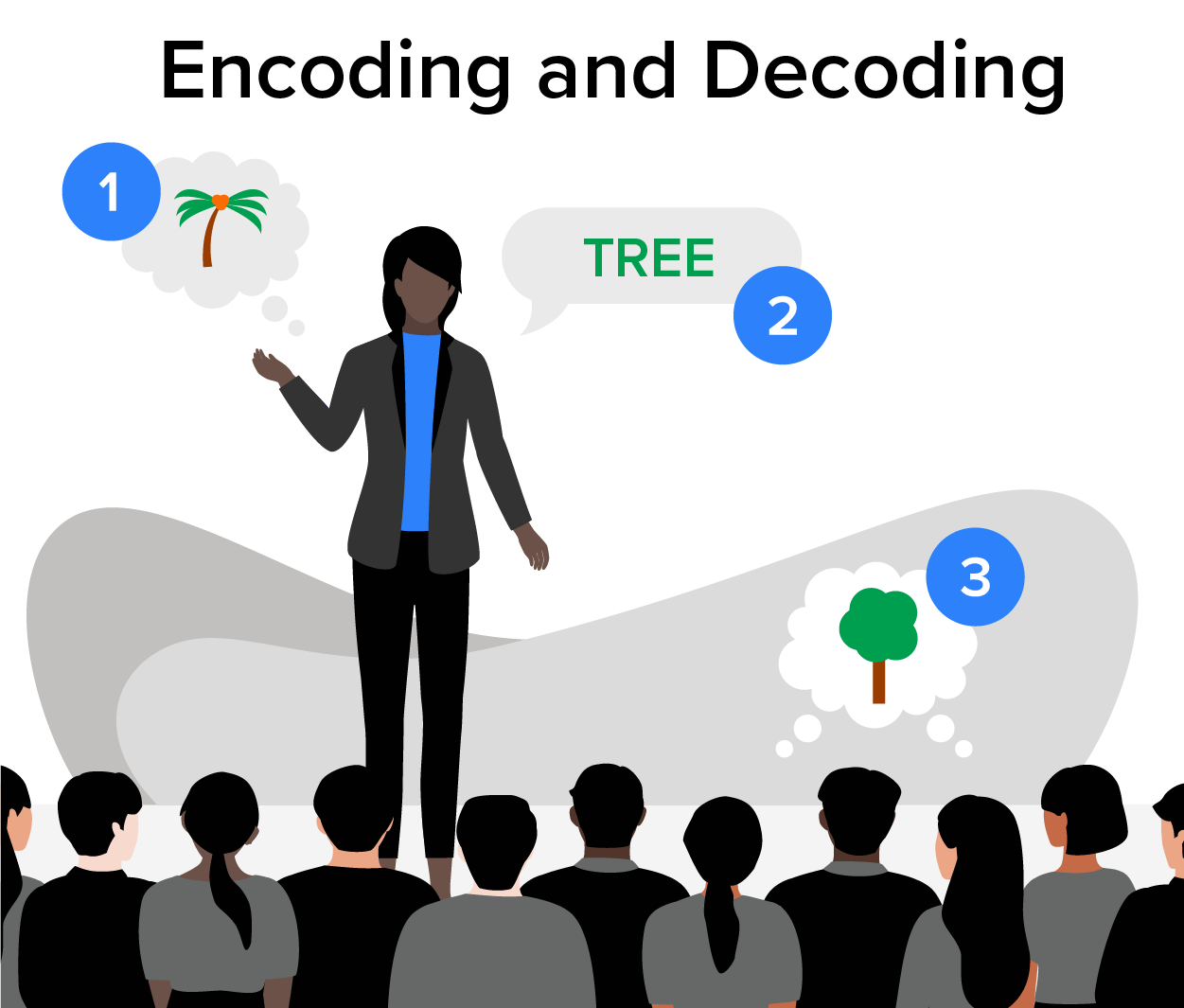Table of Contents |
A public speaker should turn her mental magnifying glass inward to examine the values, beliefs, attitudes, and biases that may influence her perception of others. The speaker should use this mental picture to look at the audience and view the world from the audience's perspective. By looking at the audience, the speaker understands their reality.
When the speaker views the audience only through her mental perception, she is likely to engage in egocentrism. Egocentrism is characterized by the preoccupation with one's own internal world.
Egocentrics regard themselves and their own opinions or interests as being the most important or valid. Egocentric people are unable to fully understand or cope with other people's opinions and a reality that is different from what they are ready to accept.
Public speakers must look at who their audience is, including their background, attitudes, and beliefs. The speaker should attempt to reach the most accurate and effective analysis of her audience within a reasonable amount of time.
For example, speakers can assess the demographics of their audience. Demographics are detailed accounts of human population characteristics and are usually rendered as statistical population segments. For an analysis of audience demographics for a speech, focus on the same characteristics studied in sociology.
Audiences and populations comprise groups of people represented by different age groups that:
By examining the preexisting beliefs of the audience regarding the speech's general topic or particular purpose, speakers have the ability to persuade the audience members to buy into the speaker's argument. This can also help with speech preparation.
A successful speaker engages in perspective-taking.
While preparing her speech, the speaker steps outside her own perceptual framework to understand the world as it is perceived by members of the audience. When the speaker takes an audience-centered approach to speech preparation, she focuses on the audience and how it will respond to what is being said.
In essence, the speaker wants to mentally adopt the perspective of members of the audience in order to see the world as the audience members see it. Step into the minds of your listeners and see if you can identify with them.
The speaker engages in a process of encoding his or her ideas from thoughts into words, and of forming a message which is then delivered to an audience. The audience members then attempt to decode what the speaker is saying so that they can understand it.

IN CONTEXT
To better imagine this process, consider the example of encoding and decoding.
Suppose I am giving a speech on the different types of trees. If I know that my audience is in New England and that they are familiar with oak trees, I can use the word tree to encode my idea, and because my audience has experienced similar trees, they understand—or decode—the word tree in the way that I intended.
However, I may be thinking about an entirely different tree, such as a palm tree in Hawaii, where I used to live. My New England audience is unlikely to think of a palm tree when they hear the word tree. Unfortunately, when my audience decodes my word, they are thinking about the oak tree and will not see my palm tree. The audience no longer shares my perspective of the world or my experience with trees.
A good solution is to use their knowledge of oak trees to explain my point about palm trees. I can start with what they know and draw comparisons with new facts they may be unfamiliar with. In this way, I am bridging my knowledge to theirs and helping them gain a new perspective.
The more you find out about your audience, the more you can adapt your message to the interests, values, beliefs, and language level of the audience.
Once you collect data about your audience, you are ready to summarize your findings and select the language and structure that is best suited to your particular audience. You are on a journey to find common ground in order to identify with your audience.
Create a theoretical, imagined situation to test your view of an audience for practice. You can use your analysis to create what is called a "theoretical, universal audience." The universal audience is an imagined audience that serves as a test for the speaker.
The depth of the audience analysis depends on the size of the intended audience and the method of delivery. Speakers use different methods to become familiar with the background, attitudes, and beliefs of audiences in different environments and using various mediums (e.g., videoconferencing, phone, etc). For a small audience, the speaker can simply speak with them in a physical environment. However, if the speaker is addressing a larger audience or speaking via teleconferencing or webcasting tools, it may be useful to collect data via surveys or questionnaires.
Use your knowledge of the audience to adapt your speech accordingly. Adopt the perspective of the audience in order to identify with them, and test out your ideas with an imagined audience composed of people with the background you have discovered through your research.
Source: THIS TUTORIAL HAS BEEN ADAPTED FROM "BOUNDLESS COMMUNICATIONS" PROVIDED BY BOUNDLESS.COM. ACCESS FOR FREE AT oer commons. LICENSE: CREATIVE COMMONS ATTRIBUTION-SHAREALIKE 4.0 INTERNATIONAL.